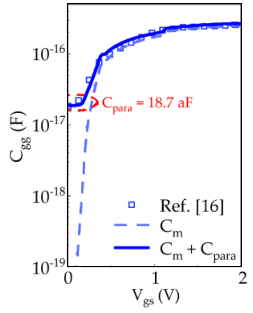Dec 15, 2021
[paper] Compact Geiger Counters
Łukasiewicz R&D Network
The Łukasiewicz Research Network is a unique project of great commercial potential. The Network is an integrated market player providing attractive, comprehensive and competitive business solutions in the fields of automation, chemicals, biomedicine, ICT, materials, and advanced manufacturing. With 8,000 staff and 32 research institutes located in 12 cities across Poland, Łukasiewicz R&D Network the third largest research EU network.
Map of the Sieć Badawcza Łukasiewicz
The Łukasiewicz Network main R&D directions are derived from areas influencing the achievement of the goals outlined in the National Strategy for Responsible Development. Within Łukasiewicz Network are four Research Groups corresponding to the recommended directions: Health, Clean and smart mobility, Sustainable Economy and Energy, and Digital Transformation.
Dec 8, 2021
Guardian of Verilog-A Compact Models
[paper] Analytical Compact Model Of Cylindrical Junctionless Nanowire FETs
[paper] Automated Compact Model Parameter Extraction
∗ Universitat der Bundeswehr Munchen, Neubiberg, Germany
† Infineon Technologies AG, Neubiberg, Germany





